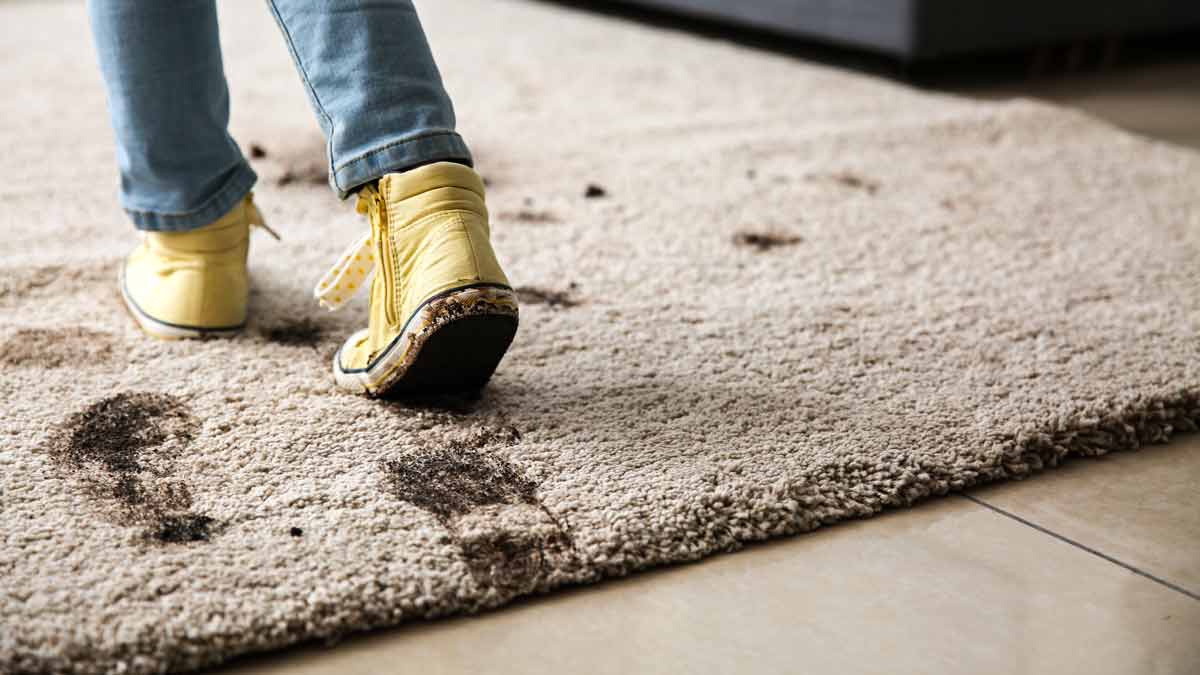Maintaining the beauty of your carpets is crucial for any homeowner or business. While vacuuming the main areas of your carpet is a regular task, knowing how to clean carpet edges can be a bit more challenging. The edges of carpets often accumulate dust, dirt, and debris, which can be overlooked during routine cleaning. In this article, well explore the best methods to keep those carpet edges looking fresh and clean.

Understanding the Importance of Clean Carpet Edges
Carpet edges are the most overlooked areas when it comes to cleaning. Over time, dirt, dust, and grime can build up along the edges, making them appear darker than the rest of the carpet. This not only affects the aesthetic appeal of your carpet but can also lead to damage if not addressed. Knowing how to clean carpet edges effectively can prolong the life of your carpet and keep your home or business looking pristine.
Tools You Need for Cleaning Carpet Edges
Basic Cleaning Tools
Before you start cleaning, it’s important to have the right tools. For basic cleaning, you’ll need a vacuum cleaner with edge cleaning capabilities, a crevice tool, and a stiff brush. These tools are essential for removing dirt and debris from the edges.
Advanced Cleaning Equipment
For a deeper clean, consider investing in a steam cleaner or a carpet extractor. These machines can penetrate deep into the carpet fibers, removing embedded dirt and grime that a regular vacuum cannot reach.
Step-by-Step Guide to Cleaning Carpet Edges
1. Vacuum Thoroughly
Start by vacuuming the entire carpet to remove loose dirt and debris. Pay special attention to the edges, using the crevice tool to reach tight corners and edges. This step is crucial for preparing the carpet for deeper cleaning.
2. Use a Stiff Brush
After vacuuming, use a stiff brush to loosen any dirt stuck in the carpet fibers along the edges. Brush along the edges in a back-and-forth motion to lift dirt and debris.
3. Apply Carpet Cleaner
Once the edges are brushed, apply a suitable carpet cleaning solution. You can either use a commercial carpet cleaner or make a homemade solution using vinegar and water. Apply the solution with a cloth or spray bottle, ensuring you cover all the edges evenly.
4. Steam Clean
If you have access to a steam cleaner, use it to deep clean the edges. The steam will help to break down dirt and grime, making it easier to remove. Ensure you follow the manufacturers instructions for best results.
5. Rinse and Dry
After cleaning, rinse the edges with clean water to remove any residue from the cleaning solution. Use a dry cloth or a wet/dry vacuum to remove excess moisture, ensuring the carpet edges dry quickly and thoroughly.
Common Mistakes to Avoid
Skipping Regular Cleaning
One common mistake is neglecting the regular cleaning of carpet edges. Make it a habit to include edge cleaning in your routine to avoid buildup.
Using the Wrong Cleaning Solutions
Another mistake is using inappropriate cleaning solutions that can damage the carpet fibers. Always test a small area first and choose solutions suitable for your carpet type.
Additional Tips for Maintaining Clean Carpet Edges
Regular Vacuuming
Regular vacuuming is essential to prevent dirt buildup. Make sure to vacuum the edges each time you clean your carpets.
Professional Cleaning Services
Consider hiring professional cleaning services periodically to ensure a thorough clean. Professionals have specialized tools and expertise in handling tough stains and dirt.

FAQs
Why are my carpet edges turning black?
Carpet edges often turn black due to the accumulation of dirt, dust, and air pollutants. Regular cleaning can help prevent this issue.
Can I use vinegar to clean carpet edges?
Yes, vinegar is a natural cleaning agent that can effectively remove dirt from carpet edges. Mix it with water for a safe homemade solution.
How often should I clean my carpet edges?
It’s recommended to clean carpet edges at least once every month to maintain their appearance and prevent dirt buildup.
For further guidance on maintaining your carpets, you can visit this external resource. Additionally, check out our detailed guides on handling specific stains such as soy milk stains and ash stains.
This article contains affiliate links. We may earn a commission at no extra cost to you.


